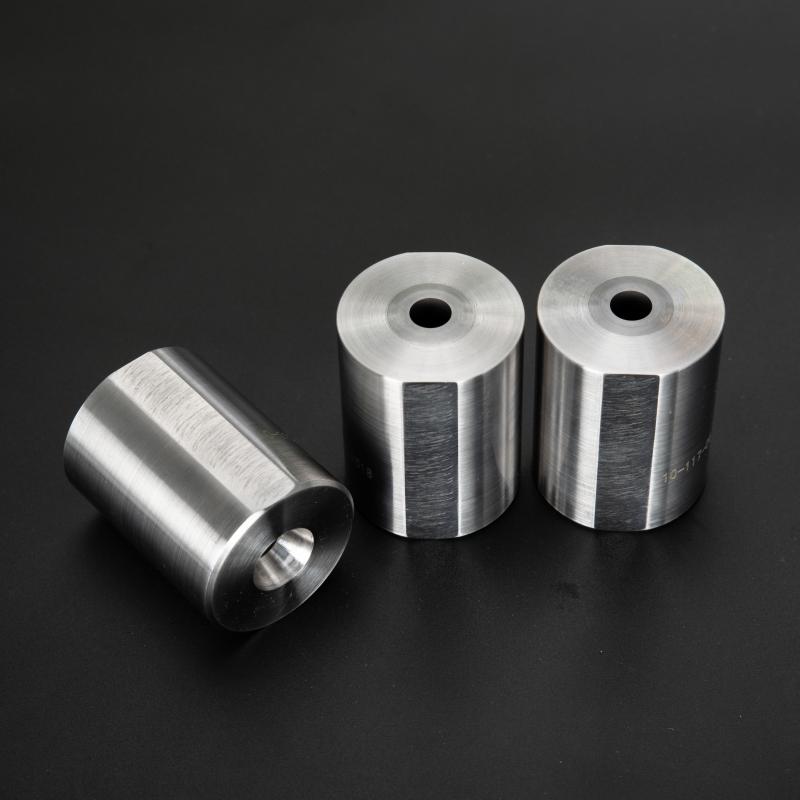In modern manufacturing, mold technology plays a crucial role as a core process equipment for industrial production. Inner Cutting Die, an advanced mold technology, has gained widespread application in fields such as injection molding and stamping in recent years. By enabling efficient gate cutting and incorporating precise structural design, it significantly enhances production efficiency and product quality. This article delves into the technical principles, market status, application areas, and future trends of Inner Cutting Die, providing valuable insights for industry professionals.

Technical Principles and Innovations of Inner Cutting Die
The core design of an Inner Cutting Die consists of a front mold core and a rear mold core, which together form the injection cavity. The front mold core is equipped with a vertical runner, while the rear mold incorporates a cutting mechanism. When the mold closes, the runner contacts and presses against the cutting blade, which then cuts the gate under the action of a reset spring. This design not only improves injection efficiency but also ensures the uniformity and aesthetics of the product surface.
Compared to traditional molds, Inner Cutting Die offers the following advantages:
Efficiency: Automated gate cutting reduces manual intervention, significantly boosting production efficiency.
Precision: The cutting mechanism ensures accurate gate cutting, eliminating errors that may arise from manual operations.
Aesthetics: The cut product surface is smooth, eliminating the need for secondary processing and meeting high market demands for product appearance.
Market Status and Development Trends of Inner Cutting Die
Globally, Inner Cutting Die technology is highly prevalent in Europe and the United States, with some mold manufacturers adopting it in over 80% of their operations. In contrast, China's Inner Cutting Die technology started later, with a current adoption rate of less than 5%. However, driven by product upgrades and rising labor costs, the application of Inner Cutting Die is gradually increasing year by year.
According to market research data, China's precision mold market reached 18.2 billion yuan in 2023, a year-on-year increase of 9.3%. By 2025, with the advancement of smart manufacturing and Industry 4.0, the Inner Cutting Die market is expected to experience significant growth.
Application Areas and Case Studies of Inner Cutting Die
Inner Cutting Die is widely used in the following fields:
Electronics Industry: For injection molding of precision electronic components, such as mobile phone casings and connectors.
Automotive Manufacturing: In the production of automotive interior and exterior parts, Inner Cutting Die ensures high precision and consistency.
Medical Devices: For manufacturing high-precision medical equipment, such as syringes and catheters.
For example, a leading electronics company adopted Inner Cutting Die technology and achieved a 30% increase in production efficiency and a 20% reduction in defect rates, significantly enhancing its market competitiveness.
Future Prospects of Inner Cutting Die
As manufacturing moves toward intelligence and precision, Inner Cutting Die technology will witness more innovative opportunities:
Intelligence: Integration of sensors and control systems for real-time monitoring and automatic adjustments.
Multifunctionality: Combining cutting with functions like hot pressing and printing to meet diverse production needs.
Green Manufacturing: Using eco-friendly materials and energy-saving technologies to reduce energy consumption and pollution.
As a vital component of modern manufacturing, Inner Cutting Die technology is driving the industry toward greater efficiency, precision, and intelligence. With continuous technological advancements and growing market demand, Inner Cutting Die will unlock its unique potential in more fields, injecting new vitality into the transformation and upgrading of manufacturing. In the future, companies should seize this technological opportunity, increase R&D investment, and enhance their core competitiveness to thrive in an increasingly competitive market.











